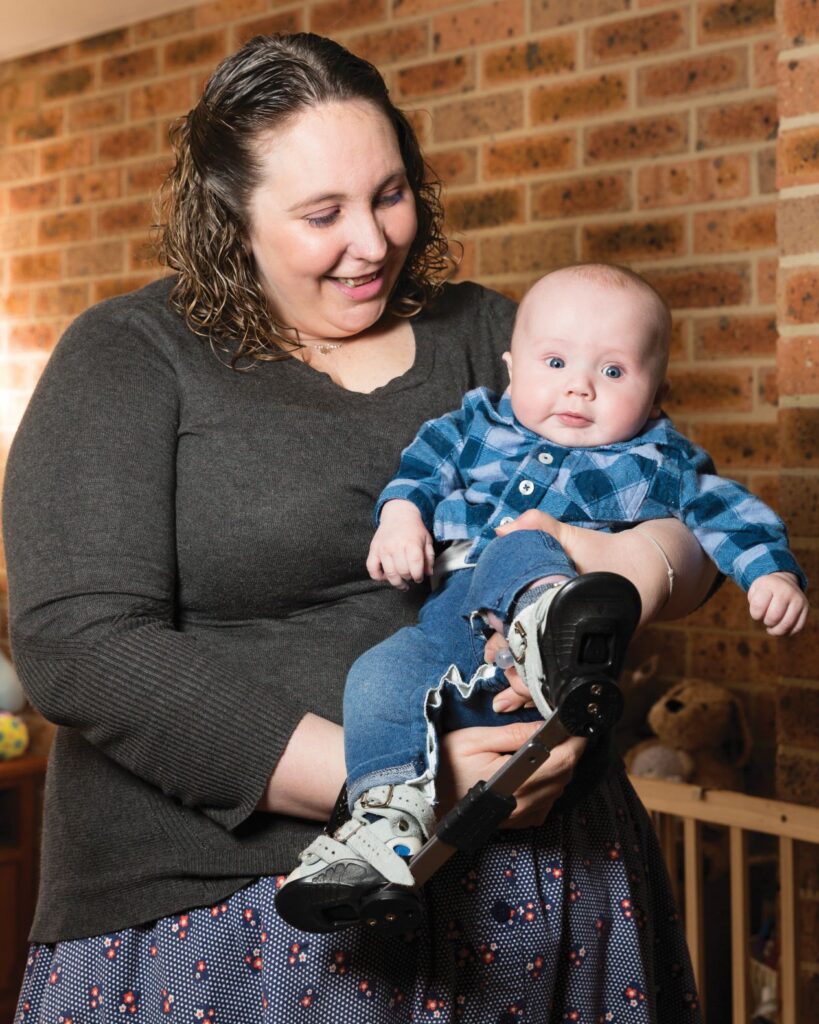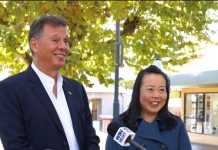
Children with clubfoot in the ACT will now have the cost of equipment for treatment covered by ACT Health.
Member for Brindabella Joy Burch MLA announced that families in the ACT with children with Bilateral Congenital Talipes Equinovarus (BCTE), commonly known as clubfoot, will receive financial assistance for the purchase of the foot abduction brace, or ‘boots and bars’.
“The cost of the boots and bars can be as high as $8,000 across the first four years of a child’s life,” Ms Burch said.
“When you look at the number of children born in the ACT with clubfoot each year, this is not a huge expense for the ACT Government’s health budget, but it will make a significant impact for families.”
Clubfoot occurs in about one in 1,000 babies, affecting the ankle and foot and causing them to turn downwards and inwards.
Minister for Health and Wellbeing Meegan Fitzharris confirmed ACT Health’s agreement to cover the cost of orthotics in the public system at Canberra Hospital, for families not covered by the National Disability Insurance Scheme (NDIS).
Minister Fitzharris said that other forms of Talipes that may affect children with conditions such as cerebral palsy will generally be covered under the NDIS, and encouraged families to use that assistance prior to seeking to have the cost covered by ACT Health.
“The ACT Government will financially support families not covered by the NDIS for the purchasing of boots and bars which are required for the treatment of BCTE for newborns,” she said.
Kymberlee Smith, whose six-month-old son Keith was diagnosed with the condition at his 20-week scan, says the funding comes as a “great relief”.
“This will mean for us, and families like us, [that] we won’t have to try and find, and in some cases borrow, the money to pay for the equipment that is so essential to our children’s treatment.
“This is already easing the stress for many families in the area who have children with clubfoot, but it is also making the treatment process less daunting for families who are currently expecting their clubfoot bubs who will be born later in the year.”
As the President of the Canberra and Surrounding Area Clubfoot Association, Ms Smith has lobbied Federal and ACT Government representatives to provide funding for the condition.
“This means for families who are being treated at The Canberra Hospital and through the ACT Public Health Care system that there is finally the start of a financial support system.”
For more:








